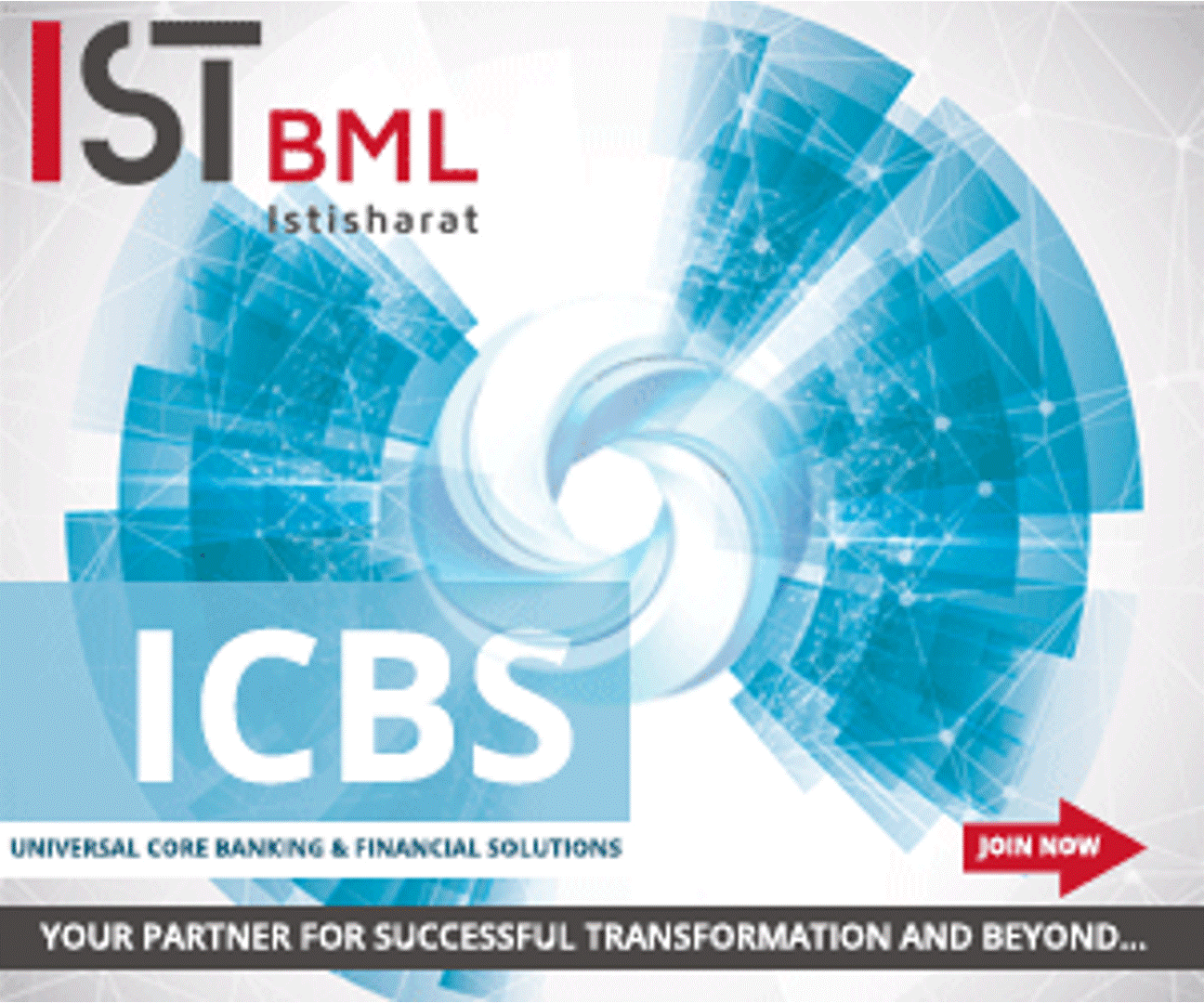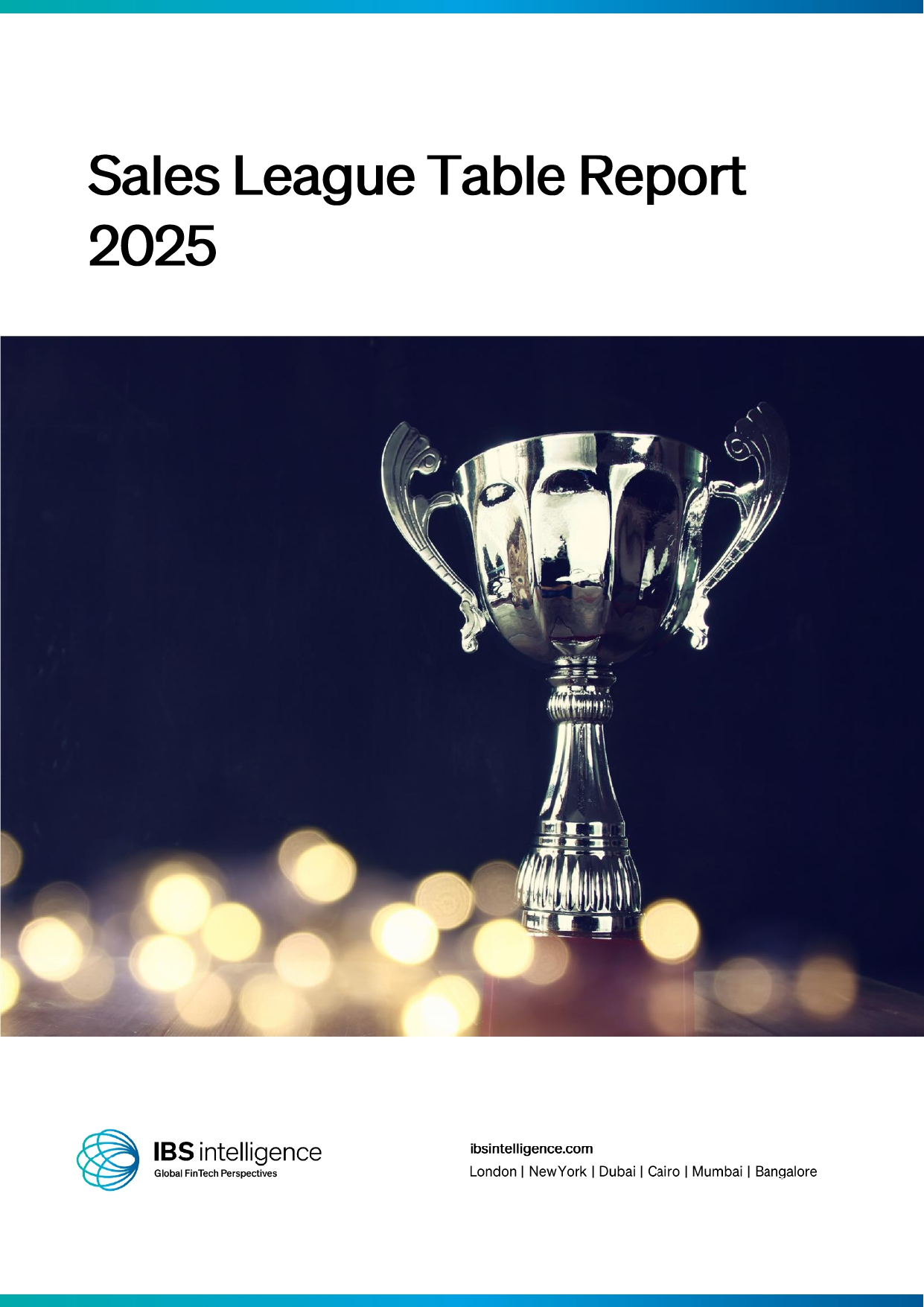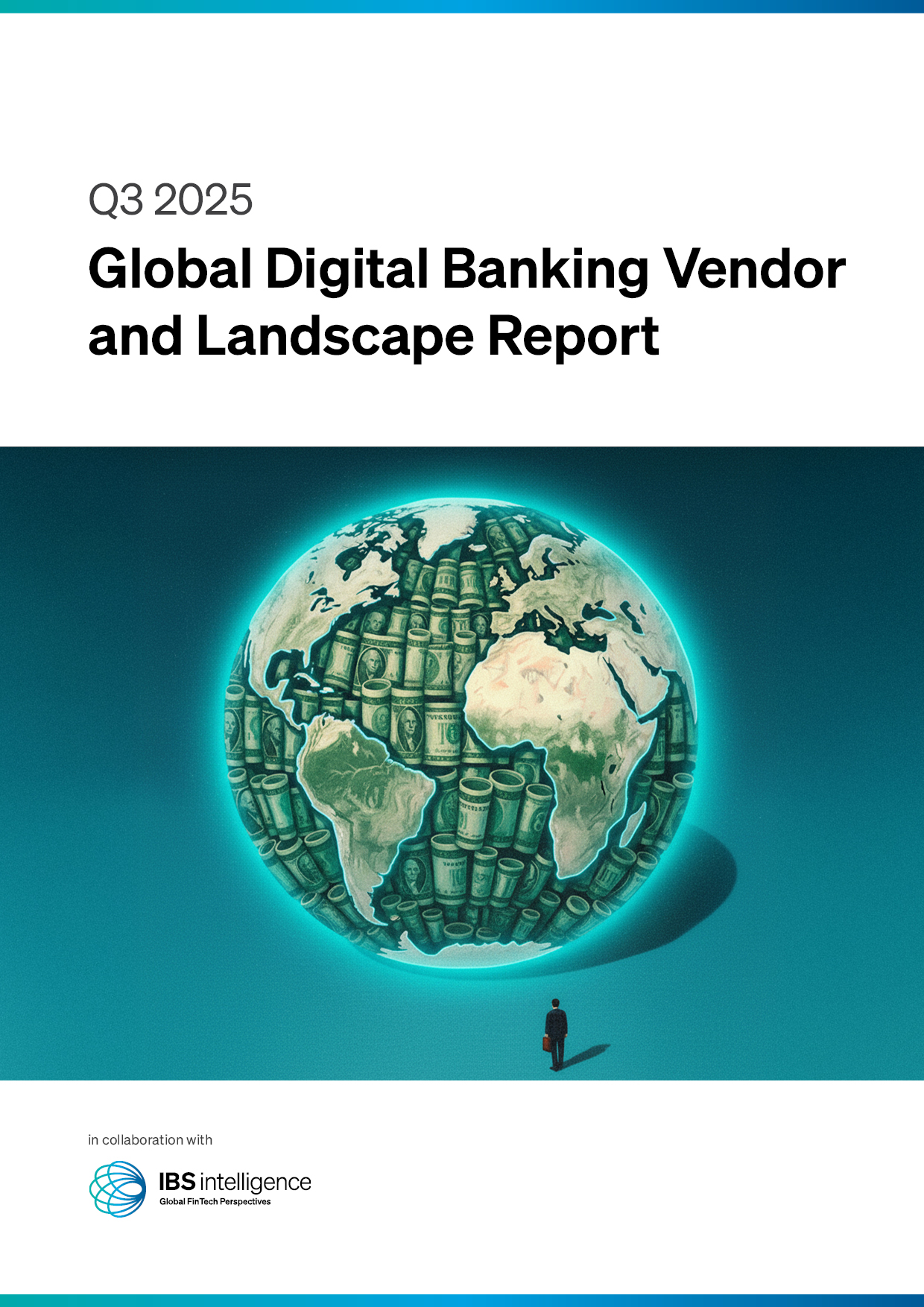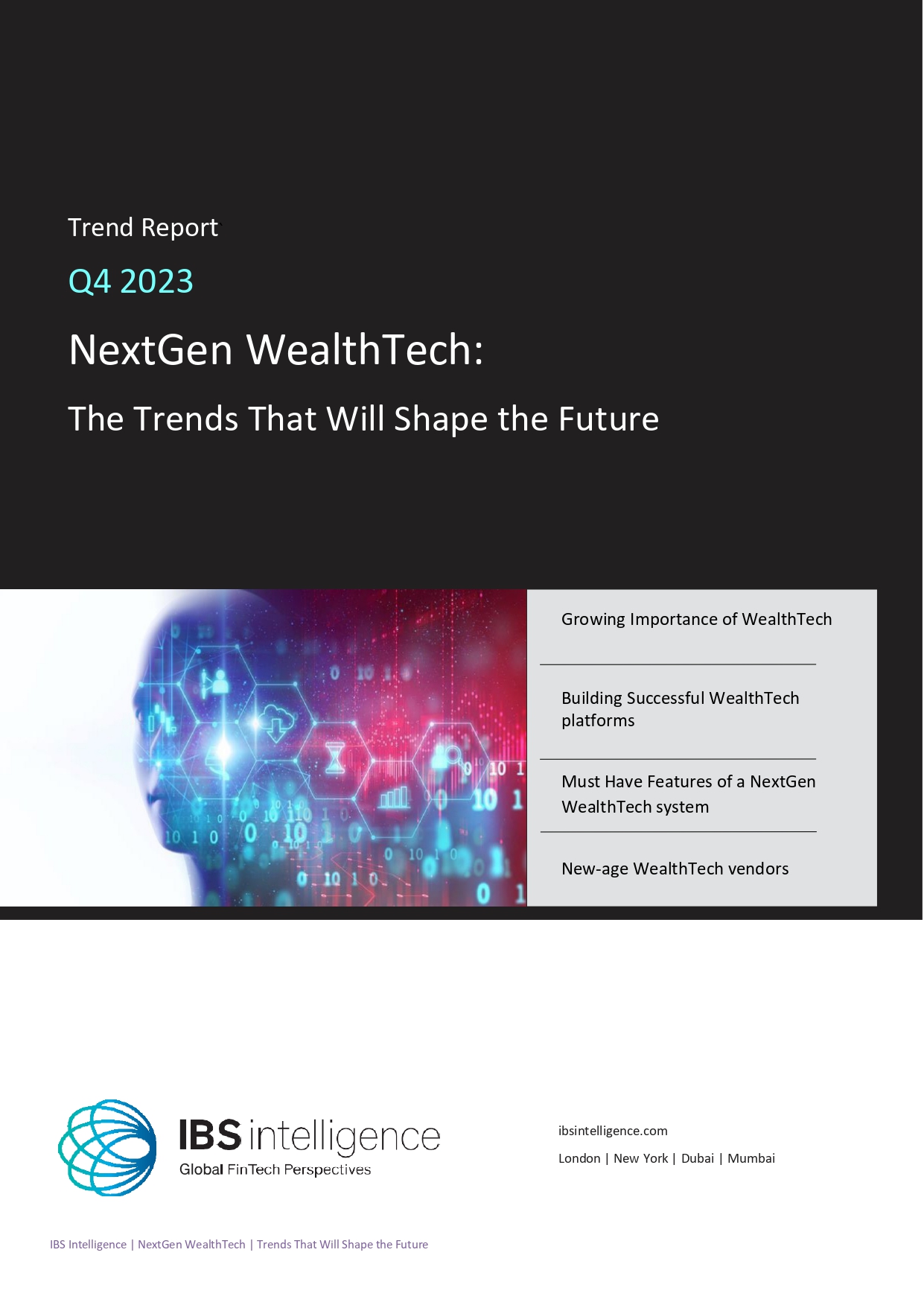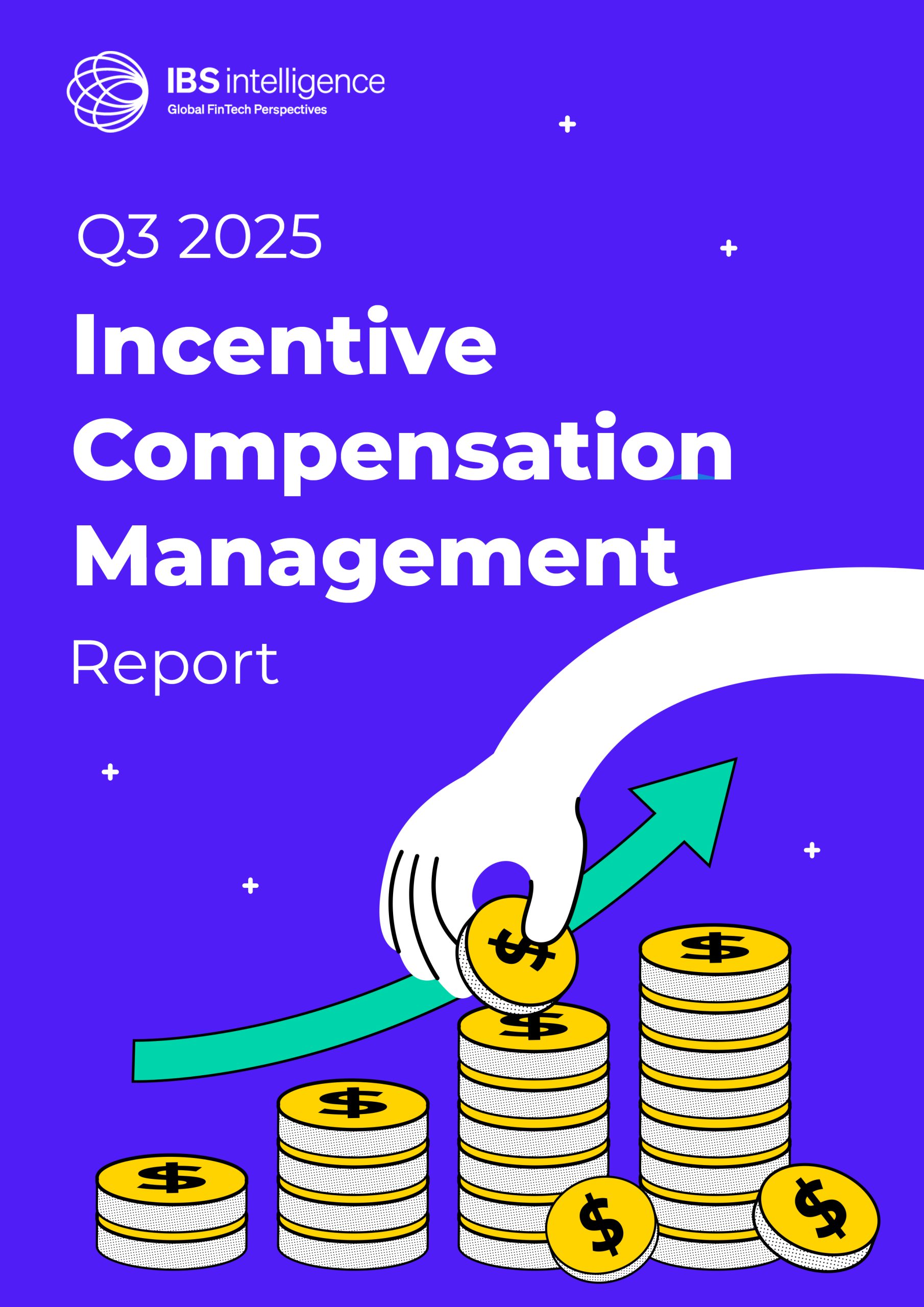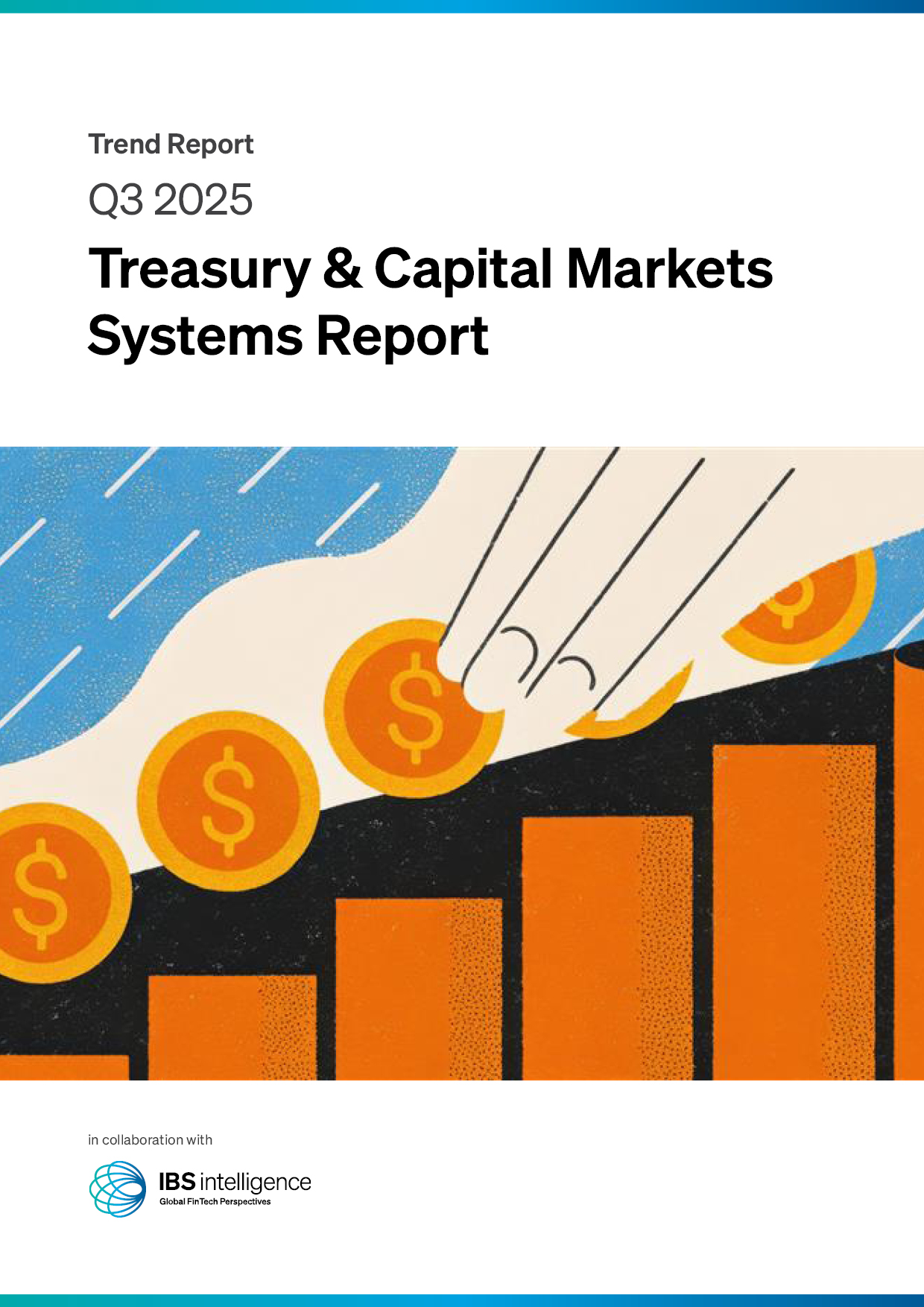 Back
Back
The Deep dive: How pay-later data is boosting credit scores in Poland
By Puja Sharma
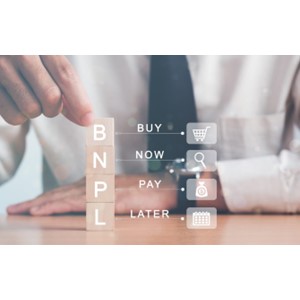
The deep dive’ is our bi-weekly exploration of a relevant topic, hot trend, or new product. For Prime subscribers only.
How does it work?
“Buy Now, Pay Later” (BNPL) services are not just changing how people shop—they’re starting to reshape Poland’s credit landscape. According to a new analysis by Poland’s credit bureau BIK, incorporating BNPL data into credit histories could significantly improve the creditworthiness of nearly 40% of thin-file customers, especially those on the verge of loan approval.
BNPL: A Gateway to Financial Inclusion
With the number of people actively using bank loans in Poland declining over the past three years (down 7% from 2019 to 14.2 million borrowers), BNPL has emerged as a fresh pipeline of new borrowers. BIK’s data shows that more than 16% of new customers in the financial market in 2025 accessed their first financial product through BNPL. Notably, over half of them were under 24 years old, underscoring the appeal of BNPL among younger consumers.
BNPL is now seen as more than a convenience—it’s an innovative credit product with the potential to support financial inclusion. Two primary BNPL models are in use in Poland:
- Instalment-based BNPL (interest-free for up to 35 days)
- Revolving BNPL, where purchases are made within a renewable credit limit
Who is under the radar?
Repayment Behavior: Stronger Than Expected
Data from BIK shows 74% of BNPL transactions are paid off during the grace period, with only 26% rolled into instalments. More importantly, repayment quality among BNPL users is significantly better than among users of traditional credit products.
Even more compelling: when BNPL data is added to credit histories, the creditworthiness of many customers improves. In fact, 40% of borderline cash loan applicants could move into the “approved” category when BNPL behavior is factored in. Including BNPL data also helps prevent over-indebtedness in 1% of cases, thanks to more accurate risk assessments.
Low Risk, High Impact
Even among heavy BNPL users, the risk of default is low. However, those who frequently convert BNPL transactions into instalments carry twice the risk of over-indebtedness compared to others, but their absolute risk level remains relatively low.
The findings underscore that when used responsibly and monitored properly, BNPL can be a strong credit-building tool. Operators are encouraged to analyse customer behaviour closely and actively manage credit portfolios using BIK’s shared data framework.
BIK’s BNPL Model: Building a Safer Credit Ecosystem
BIK has led the charge in standardising BNPL data reporting with the help of both banks and e-commerce players. This move has created a comprehensive, secure, and future-ready framework for handling various BNPL formats. The reported data now feeds into broader credit intelligence models, enabling banks to make more informed lending decisions while giving consumers greater control over their credit standing.
Crucially, BIK decided not to immediately include BNPL in operational scoring models, avoiding any negative short-term impact on credit scores during this transition phase. Instead, the data is collected and analysed separately, giving time to build historical patterns and avoid misinterpretations.
Why does it matter now?
By creating a standardised way to report and interpret BNPL activity, BIK is helping bridge the gap between thin-file borrowers and mainstream lenders. With millions of young consumers using BNPL as their first credit product, the implications for future lending and financial inclusion are substantial.
“The reporting of BNPL transaction data to BIK has enabled us to gather unique data, thanks to which it is possible to draw conclusions on the significance of this innovative form of payment for the financial sector as a whole. The influx of new customers entering the sector and beginning their credit history by using BNPL is particularly important. I am pleased that we can support the process of education and make it possible for BNPL operators to provide more effective protection for customers against over-indebtedness. At the same time, it is worth emphasising that reporting to BIK enables the full assessment of customers as a whole, including those using BNPL, which can lead to them obtaining a better evaluation from financial institutions, ultimately providing access to greater financial opportunities.” said Mariusz Cholewa, President, BIK
IBSi FinTech Journal
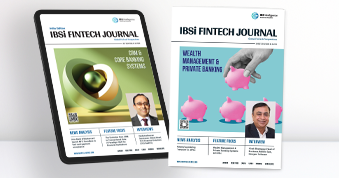
- Most trusted FinTech journal since 1991
- Digital monthly issue
- 60+ pages of research, analysis, interviews, opinions, and rankings
- Global coverage

